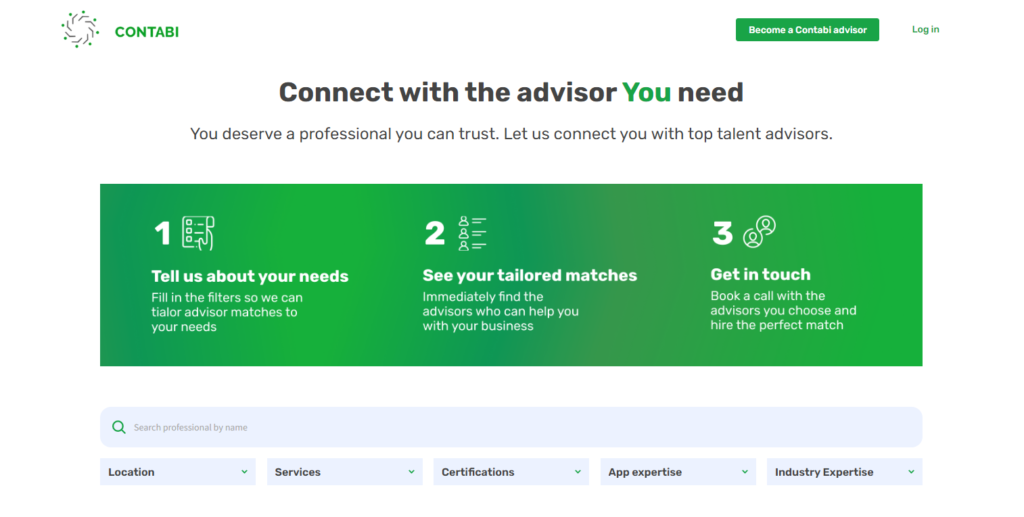Ever heard of Airbnb, Uber, or Etsy? Even the most misgiving Internet user has at least a general idea of what those websites do.
They are classified as peer-to-peer (P2P) marketplaces because they seek to bring together people who own a product or offer services and people who are looking for a product or service.
Nowadays this practice turns out to be highly profitable because business owners don’t have to own the services they offer. They merely provide the right online space, aka a service marketplace, and conditions for vendors and customers to get together and make a deal.
In the following paragraphs, we’ll elaborate more on what a peer-to-peer online marketplace is and how to create one.
What is a peer-to-peer (P2P) marketplace?
There are three main types of peer-to-peer websites that differ according to the offerings displayed.
The peer-to-peer rental marketplaces are predominantly dedicated to facilitating people to rent out their homes securely to someone else for a fixed amount of time.
However, there are other options that go under the same category such as swimming pools, other types of real estate, cars, equipment, and so on.
Anything expensive that a person might not be able to afford or would only need for a one-time use could be listed on a rental peer-to-peer website.
The peer-to-peer product marketplaces could be very successful in terms of selling handmade or second-hand products to others.
Such platforms allow very small businesses or ordinary people to sell their goods to a larger audience with similar interests.
Finally, the P2P services marketplaces are websites where people with hobbies or advanced knowledge in something could go and offer their help to others.

It could be applied to transportation (Uber and Lyft are two of the most prominent peer-to-peer services marketplace examples), online tutoring, coaching, virtual consultations, and many other departments.
Why you should consider creating a P2P services marketplace?
Peer-to-peer marketplaces are a win-win solution for all the parties involved. Service providers have access to a larger target audience while customers have a greater choice of services to choose from.
Furthermore, imagine how many people you’ll be able to reach if you decide to launch your own marketplace.
Offering more services from different vendors also means generating more traffic and, therefore, more revenue (depending on the marketplace business model you’ve chosen).
You can also start your business locally until you establish yourself as a trusted service marketplace and then go global.
The opportunities are countless.
Essential features
Creating a scalable peer-to-peer services marketplace depends on many variables such as business plans, goals, and strategies, but also technological affordances.
There are a few key features that every P2P services marketplace should have.

For instance, you have to provide users with a quick and easy registration form, which could be further simplified by allowing people to sign up via Facebook or Google accounts.
Additionally, make sure to verify accounts to prevent fraud.
On that note, it is highly recommendable to include ratings and reviews of services and vendors because they’d serve as proof that sellers are responsible and their offerings are of high quality.
When talking about service marketplaces, providing your users with an in-house communication tool is a must.
Since online consultations will be a significant part of their business, having the opportunity to schedule and host them within the same platform will be a great advantage. Moreover, it will make the customer experience way better as the service providers and their clients won’t need to leave your website and meet somewhere else.
💡 Pro tip
Keeping users on your service marketplace should be one of your main priorities. Add white-label video conferencing, appointment scheduling, booking pages, and payment processing options so they never need to leave. See how to increase your value proposition.
Another crucial feature of online services marketplaces is the ease of use of the shopping cart and the checkout pages.
According to 2021 research, half of the online customers abandon their purchases upon checkout because the process is too slow or complicated.
Three basic steps on how to launch your own peer-to-peer marketplace
Each P2P marketplace goes through a unique trajectory, however, there are some initial steps you can take to get your business off the ground.
Choose your niche
Before developing a clear idea and a business plan, you have to research the market, find a niche for your service marketplace and see if there are any gaps. Successful marketplace businesses emerge when there is a service or a product that is potentially in high demand but it’s not very accessible to the public.
Hence, you need to fill in the gaps between demand and supply in order to verify that people will be willing to pay for your idea.
Know your audience
Take Airbnb for example, the company emerged because the creators were struggling to cover their rent and came up with an idea to make a few bucks.
They were targeting a pain point – booking a hotel when traveling is expensive and people would either have to compromise with their budget or with the quality of the place they are staying in.

That’s why one of the most important tasks every businessman has to tackle is to find an issue and offer a solution to the public.
As a result, your venture will be helping a particular group of people that you can easily target and engage.
Choose your tech partner
In order to achieve your goals and build a peer-to-peer marketplace (or any other services marketplace) from scratch, you might need to outsource the technical matters to another company.
Building a marketplace with all its complex structures, functions, and affordances requires a whole team of developers, a good understanding of how the market works, and enough money to cover all the expenses.
Thankfully there are some no-code solutions out there you can use to build a service marketplace.
Whether you decide to start from scratch or use a no-code solution, we recommend you find a trustworthy company that has experience with building marketplaces.
If you want to find out more about the offerings of such a company, feel free to check our home page.
To summarise
In this article, we established that there’re three main types of peer-to-peer marketplaces.
Whichever you choose for your business venture, make sure to find the right niche and the right tech support because these are the two pillars that will grant you success and growth.
And once you reach your business goals as a P2P services marketplace, maybe consider moving onto the B2B approach.



